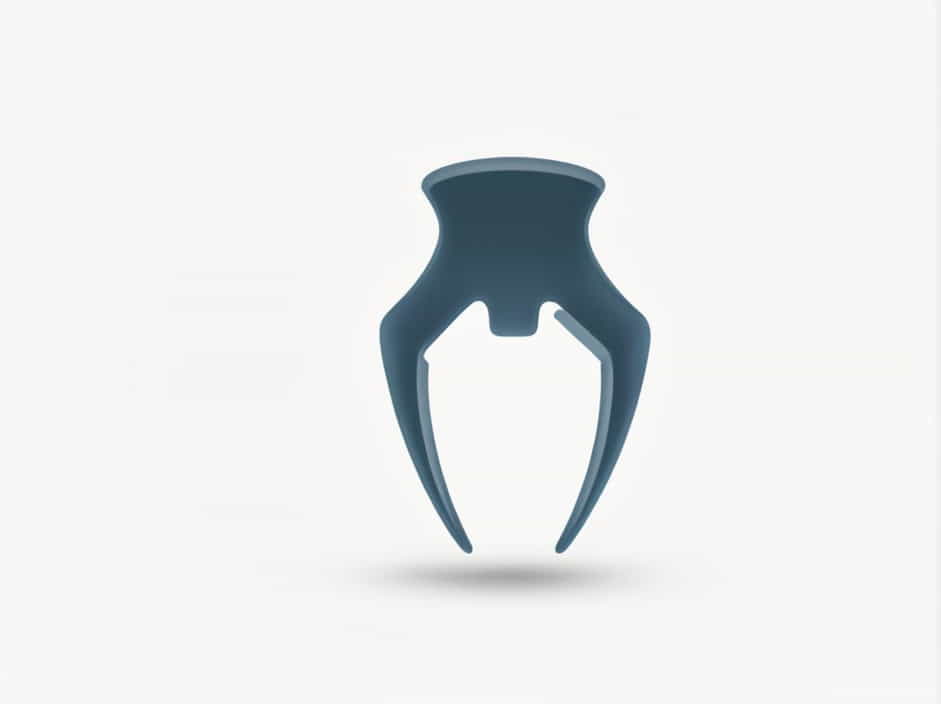The hip bone is a crucial part of the human skeletal system, providing stability, support, and movement. Among its various components, the ischium is considered the strongest portion of the hip bone due to its thick structure and weight-bearing capacity. This topic will explore the anatomy, function, and significance of the ischium, along with its role in movement and posture.
Anatomy of the Hip Bone
The hip bone (os coxae) is a large, irregularly shaped bone that forms the pelvic girdle. It is made up of three fused bones:
- Ilium – The largest and uppermost part.
- Ischium – The strongest and most weight-bearing portion.
- Pubis – The anterior section that connects both hip bones.
These bones fuse during early adulthood to form a single, solid structure that supports the body’s weight and enables movement.
The Ischium: The Strongest Portion of the Hip Bone
The ischium is the lower, posterior part of the hip bone, playing a key role in weight-bearing and stability. It consists of:
- Ischial body – The thickest and strongest part.
- Ischial ramus – Connects to the pubis.
- Ischial tuberosity – The rough, lower part that supports weight when sitting.
Why Is the Ischium the Strongest?
- Dense Bone Structure – The ischium has a compact and strong bone composition, making it capable of withstanding pressure and impact.
- Weight-Bearing Function – It supports the body’s weight when sitting and during physical activities such as walking and running.
- Muscle Attachment – Several strong muscles, including the hamstrings and adductor muscles, attach to the ischium, reinforcing its strength and durability.
Functions of the Ischium
The ischium plays a vital role in:
1. Weight Bearing
The ischial tuberosity is the main weight-bearing area when sitting. It absorbs pressure and prevents damage to soft tissues in the pelvis.
2. Supporting Movement
The ischium serves as an anchor for important muscles involved in:
- Hip extension – The hamstring muscles use the ischium as a base to generate movement.
- Leg stability – Helps maintain postural balance while standing or walking.
- Lower limb mobility – Provides structural support for flexion, extension, and rotation of the hip.
3. Muscle and Ligament Attachment
Several muscles and ligaments attach to the ischium, contributing to strength and mobility:
- Hamstrings – Important for knee flexion and hip extension.
- Adductor magnus – Assists in leg movement and stability.
- Sacrotuberous ligament – Connects the sacrum to the ischium, reinforcing the pelvic structure.
The Role of the Ischium in Daily Activities
The strength and durability of the ischium make it essential for many everyday activities:
- Sitting for long periods – The ischial tuberosities prevent excess pressure on soft tissues.
- Walking and running – The ischium stabilizes leg movement and supports the lower body.
- Lifting heavy objects – Provides a strong base for lower body strength and endurance.
Common Injuries and Conditions Affecting the Ischium
Despite its strength, the ischium can be affected by injuries and conditions, particularly due to trauma, overuse, or aging.
1. Ischial Tuberosity Pain (Sitting Bone Pain)
- Caused by prolonged sitting or excessive pressure.
- Common in cyclists, runners, and people with sedentary lifestyles.
- Treatment includes rest, stretching, and posture correction.
2. Ischial Stress Fractures
- Can occur due to high-impact sports like sprinting or jumping.
- Symptoms include deep pain in the buttocks and difficulty moving.
- Requires physical therapy and reduced activity for healing.
3. Hamstring Tendon Injuries
- The hamstrings attach to the ischium, making it vulnerable to strains or tears.
- Sudden movements or lack of flexibility can cause injury.
- Treatment includes strengthening exercises and physiotherapy.
4. Ischiogluteal Bursitis
- Inflammation of the bursa (fluid-filled sac) in the ischial area.
- Caused by excessive sitting or repetitive motion.
- Symptoms include pain, swelling, and discomfort in the buttocks.
Maintaining Ischial Health and Strength
To prevent injuries and maintain ischial function, it is important to adopt healthy lifestyle habits:
1. Maintain Proper Posture
- Avoid slouching when sitting for long periods.
- Use ergonomic chairs with proper lumbar support.
2. Strengthen Supporting Muscles
- Perform hamstring stretches and hip-strengthening exercises.
- Engage in low-impact activities like swimming and cycling.
3. Avoid Excessive Pressure on the Ischium
- Take regular breaks from prolonged sitting.
- Use cushions or padded seats to reduce pressure on the ischial tuberosities.
4. Stay Active and Flexible
- Regular stretching and mobility exercises improve hip flexibility.
- Strength training helps reinforce pelvic stability.
The ischium is the strongest portion of the hip bone, essential for weight-bearing, movement, and stability. Its dense structure and muscle attachments make it crucial for everyday activities like walking, running, and sitting.
Maintaining good posture, strengthening muscles, and avoiding excessive pressure can help protect the ischium from injuries and pain. By understanding its importance and function, we can take better care of our hip bone health and overall mobility.
